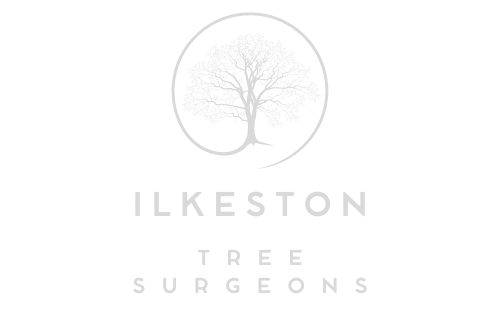The Art of Shaping Trees: Tree Trimming for Aesthetics
Introduction: Trees are not only vital components of our natural environment but also integral parts of our landscapes, adding beauty, shade, and character to our surroundings. While their natural forms are often exquisite, there are times when we want to shape them to enhance their aesthetics and better integrate them into our outdoor spaces. In this blog post, we’ll explore the art of shaping trees through tree trimming for aesthetics and how it can transform your landscape.
1. The Aesthetic Appeal of Well-Trimmed Trees:
Trimming trees for aesthetics involves carefully shaping and maintaining their form to achieve specific visual effects. Well-trimmed trees can enhance the overall beauty of your property and create a harmonious, balanced landscape.
2. Pruning for Visual Impact:
Proper tree trimming for aesthetics can improve the visual impact of your trees in several ways:
- Enhanced Silhouettes: Shaping the tree’s canopy can create pleasing and symmetrical silhouettes, framing your outdoor space elegantly.
- Clearing Sightlines: Removing lower branches or thinning the canopy can open up sightlines and provide unobstructed views of your property.
- Highlighting Unique Features: Trimming can accentuate a tree’s unique features, such as bark patterns or interesting branching structures.
3. Customising Tree Shapes:
Tree trimming for aesthetics allows you to customise tree shapes to your preferences, such as:
- Topiary: Artistic trimming to create geometric shapes or animal figures, adding a touch of whimsy to your landscape.
- Espalier: Training trees to grow flat against a wall or trellis, making them suitable for smaller spaces and adding a decorative element.
4. Encouraging Blossoming and Fruiting:
Trimming can promote flowering and fruiting in certain tree species. By strategically pruning, you can encourage the production of beautiful blooms or a bountiful harvest.
5. Balancing Proportions:
Trees may need trimming in larger landscapes to complement other elements, such as buildings or outdoor features, without overwhelming the space.
6. Maximising Light and Space:
Trimming for aesthetics can help optimise natural light penetration in your yard, creating a brighter and more inviting environment. Additionally, it can free up space for other landscaping features or activities.
7. Health and Longevity:
When done correctly, tree trimming for aesthetics can also contribute to your trees’ overall health and longevity. By removing dead or diseased branches and improving air circulation, you can prevent the spread of disease and promote tree vitality.
8. Consult a Professional:
Achieving the desired aesthetic results while maintaining the health of your trees requires expertise. Consult with a certified arborist or professional tree surgeon who can assess your trees, recommend suitable trimming techniques, and ensure the long-term well-being of your landscape.
Conclusion: Tree trimming for aesthetics is a skilled art that can enhance the visual appeal of your landscape while preserving the health and vitality of your trees. Whether aiming for a classical, sculpted look or a more naturalistic aesthetic, professional tree surgeons can help you achieve the desired results. Embrace the art of shaping trees and transform your outdoor space into a visually stunning and harmonious environment you can enjoy for years.
Call us on: 0115 647 1166
Click here to find out more about Ilkeston Tree Surgeons
Click here to complete our contact form and see how we can help with your tree’s needs.

